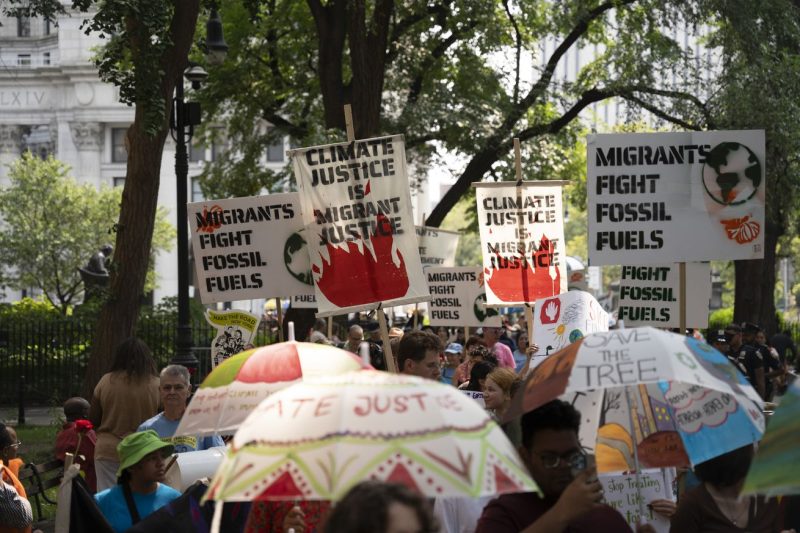
Unlocking the Untold Story: How US Immigration Policy Fails to Address the Impact of Climate Change
The current United States immigration policy stands on deeply rooted principles that govern who can enter the country legally. It takes into account factors such as national security, economic interests, and family reunification. However, amidst these considerations, one significant blind spot persists – that of climate change.
Climate change is a global crisis that is driving people to flee their homes due to environmental degradation, extreme weather events, sea-level rise, and food insecurity. This phenomenon poses a unique challenge to traditional immigration policies, as those displaced by climate change are not recognized as refugees under international law.
The lack of legal frameworks to address climate-induced migration puts the most vulnerable populations at risk. People forced to leave their homes due to environmental factors have limited options for seeking protection and are often left in precarious situations with no legal status. As the effects of climate change worsen, this issue is only set to escalate, leading to increased displacement and the potential for conflict over dwindling resources.
The US immigration policy must adapt to address this pressing concern. Acknowledging climate change as a driver of migration is crucial in crafting effective solutions that uphold human rights and ensure the protection of those displaced. A comprehensive approach is needed that considers the intersections of climate change, migration, and human security.
One potential avenue for addressing this blind spot is through international collaboration and the development of new legal frameworks specifically for climate-induced migrants. By working with other nations to create pathways for those displaced by environmental factors, the US can take a leadership role in addressing this issue on a global scale.
Furthermore, investing in climate resilience and adaptation measures both domestically and internationally can help mitigate the impacts of climate change and reduce the need for mass displacement. By addressing the root causes of climate-induced migration, the US can contribute to a more sustainable and secure future for all.
In conclusion, the blind spot in US immigration policy concerning climate change must be urgently addressed. As the effects of climate change continue to escalate, so too will the number of people forced to leave their homes in search of safety and security. By recognizing the intersection of climate change and migration, the US can take meaningful steps towards a more just and inclusive immigration system that accounts for the realities of a warming world.
